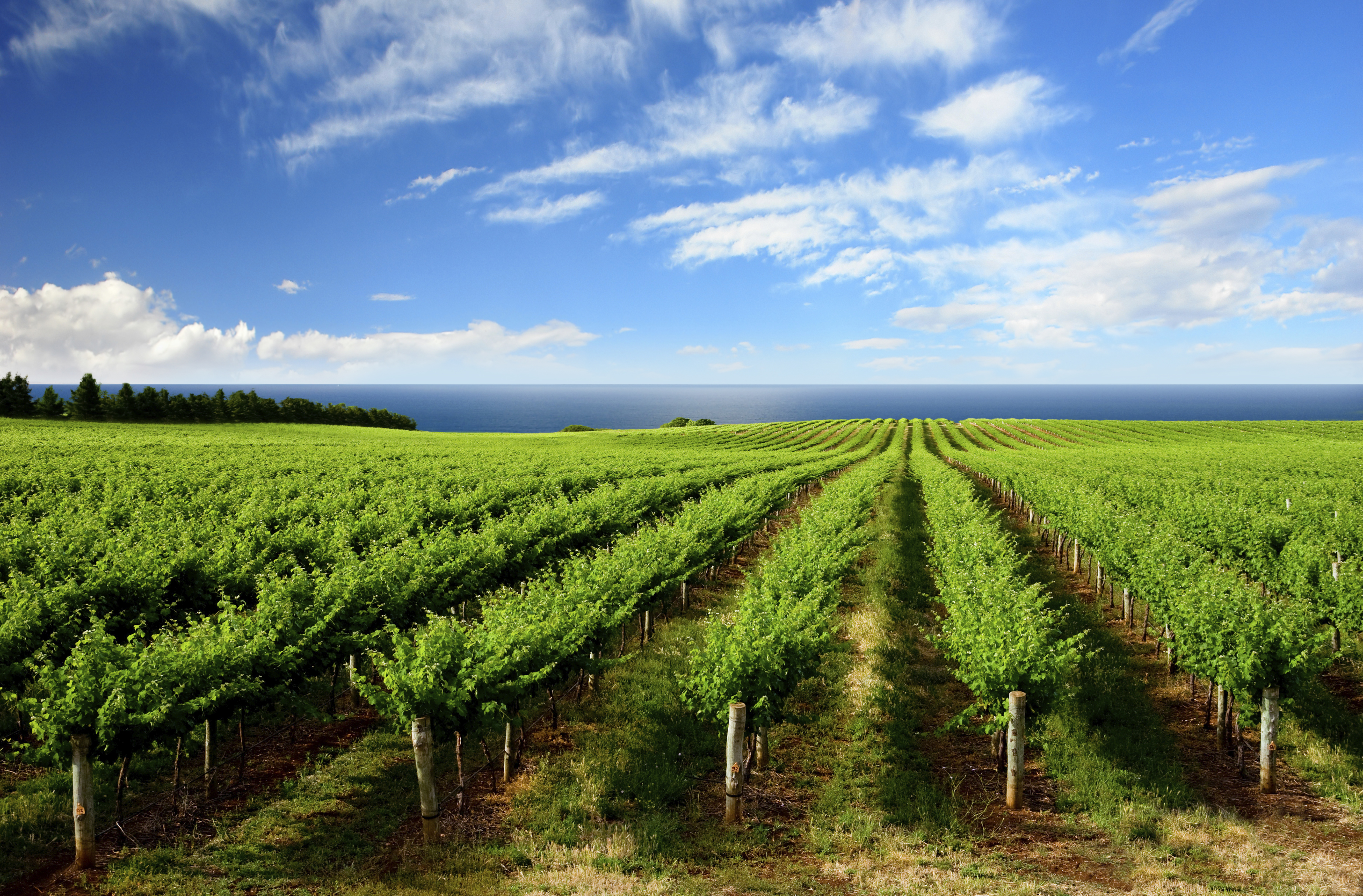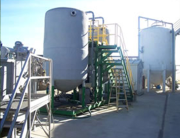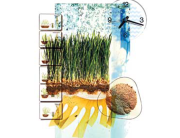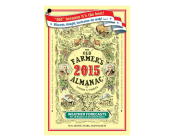FOR most Americans the ideal yard is a weedless lawn. Garden writers may extol alternatives like ground covers and wildflower meadows, but a picture-perfect green velvet rug has remained the goal, even though attaining it seemed to require an arsenal of synthetic fertilizers and pesticides.
But that is beginning to change as organic lawn care companies and organic lawn care products enter the mainstream. Its part of the same wave that has people buying organic food and hybrid cars, said Bruce Butterfield, research director at the National Gardening Association. “Ten years ago the only people who bought organic fertilizers were wearing Birkenstocks,” he said. “Now its soccer moms with minivans.”
The associations most recent survey of environmental lawn and garden buying conducted online by Harris Interactive from June 29 to July 1, 2004, and covering 2,498 adults nationwide found only 5 percent of consumers buying all-organic products, spending about $450 million of the roughly $8.5 billion total for the year. But 10 percent said they planned to buy all-organic in the future. “My sense is that the market will double in the next five years, ” Mr. Butterfield said.
That prediction is being borne out at Scotts Miracle-Gro, the worlds largest lawn products company. Sales of its Organic Choice line, introduced in 2003, have “basically doubled each year from the start,” said Keith Baeder, vice president for marketing at the companys growing-media group. He is not alone in expecting fast growth to continue: this year Land OLakes Purina Feed has come out with a competitor called Bradfield Organics.
The Organic Choice and Bradfield products are almost all fertilizers, because fertilizers can be made to meet the organic labeling requirements of the Environmental Protection Agency and still deliver the bounce expected of synthetic equivalents. But pesticides are a different story. Organic insect-killers like B.t. and neem can be lethal, but seldom instantly.
Thats a problem. As Mr. Baeder put it, “Consumers, if they have a bug problem, they want the bugs dead.” Organic herbicides can also be a disappointment to people used to instant action. The acid-based herbicides certified for organic growing are less powerful than glyphosate, the active ingredient in Roundup.
Those who hire others to deal with their lawns, but want to remain organic, are turning to people like Andy Lopez, owner of the Invisible Gardener, who takes care of the lawns of various celebrities in Malibu, Calif. He also works with Sheldon and Emily Lodmer there.
The Lodmers switched to all-organic when they redid their lawn several years ago. “We decided we dont want any chemicals, inside or outside,” said Mr. Lodmer, a lawyer. “Strictly a health thing.” Anything outside would find its way inside eventually, the couple felt. “The more I thought about it, the more logical it sounded, ” Mr. Lodmer said.
For most people, a brand new lawn is not an option. Yet that is about the only way to get organic gorgeousness on demand, according to Todd Harrington, owner of Harringtons Organicare, an organic landscape management company in Windsor, Conn. If you arent starting fresh, he said, going organic is a slow process that does not show results until the second year, at the earliest.
Thats a hard sell in a culture used to instant gratification, but Mr. Harrington has become skilled at making the organic argument. Lawns that have been treated chemically are addicted to chemicals, he said, and must go through a kind of withdrawal. The transition to organic health takes time.
“An organic program is soil-based,” he said. “Fertilizing and pH balance are part of the mix, but it is the life of the soil that matters.” That life is commonly called the “soil food web.” It is a dense, complex population of creatures, including protozoa and earthworms, that play a crucial part in forming soil structure and in the breakdown of organic matter that makes nutrients available to plants.
Compost helps support soil life, Mr. Harrington explained, and so does the derivative widely known as compost tea. This liquid suspension of bio-organisms, brewed from water and compost in aerated vessels like oxygenating fish tanks, is a big favorite with organic gardeners and is widely praised for boosting fertility.
“The concept here is microbes,” Mr. Harrington said. “Once theyre humming, we get a quicker green-up in spring and longer green in fall.”
Getting all that green organically starts with testing the soil, he said, and then involves designing and implementing a specialized improvement regime.
Such care costs roughly 10 to 20 percent more than conventional services, Mr. Harrington said.
“Ive seen that its more expensive, but in the long run its more effective,” said Jonathan Stolzenberg of West Hartford, Conn., a retired physician who is a customer of Harringtons Organicare and, like his wife, Gretchen, an avid gardener.
“Its great to know animals and local kids walking around dont have to worry,” Dr. Stolzenberg said. He takes care of the lawn himself, using products supplied by Harringtons Organicare, and that lawn was “emerald green” last summer. “Over time, its been wonderful to see,” he said.
Wonderful or not, waiting for the payoff is a deal-breaker for most people, said Thomas Delaney, director of governmental affairs for the Professional Landcare Network, a trade organization with some 4,000 members. The previous organic boom, in the early 90s, “never got really high,” he said. “Customers are very demanding and antsy, and they want instantaneous results.”
To help change that kind of thinking Paul Tukey, author of “The Organic Lawn Care Manual” (Storey, 2007), founded SafeLawns.org, which he hopes to make “a national clearinghouse” for information on natural lawn care.
The first step, he said, is recognizing that perfection is a marketing myth. Nature never intended a monoculture of Kentucky bluegrass. But he said that lawns can be organic and still be 90 to 95 percent weed-free. “Ive seen it all over the country,” he said. And some weeds are beneficial, he said. “Clover is natures fertilizer factory.”
But synthetic fertilizer is much faster. Asked if there was a way to speed things up, Mr. Tukey suggested compost tea. Applied monthly to a lawn that is also fed with organic fertilizers, it can reduce transition time to one season, he said, adding that compost tea “is like a blood transfusion for the lawn.”
Frank S. Rossi, a turf specialist at Cornell University and a nationally recognized expert on golf course maintenance, does not share Mr. Tukeys enthusiasm. Dr. Rossis research lab has evaluated compost teas effect on turf and found little proof of a major benefit.
SafeLawns.org has arranged a study, to begin this fall, pitting organic treatment against conventional turf care. Everyone can watch how it comes out, because it will be done on the National Mall in Washington. Results should be clear in 18 months to two years.
Meanwhile, apart from the quality of the grass, Dr. Rossi worries about unintended harm, particularly to the environment. “There is hope for natural and organic lawn care,” he said, “but not blind faith, where people think natural cant hurt.” Composted animal waste, for example, is fine as fertilizer, he said. But it creates phosphorous pollution when used as a soil amendment, and if you spread enough to see, he said, you may be spreading “enough phosphorus to last a generation.”
The easiest, least polluting, most affordable way to go organic is to accept a nice green lawn instead of longing for weedless turf. “I dont understand the American ethos that the lawn has to be perfect,” said Cheryl S. Smith, a dog trainer in Port Angeles, Wash., and the author of “Dog Friendly Gardens, Garden Friendly Dogs” (Dogwise, 2004).
“Dogs dont just walk low to the ground,” she said. “They actually eat the grass a lot of the time. There have been studies linking lawn chemicals to bladder cancer in dogs. I have fish in my pond. Theres clover. Theres moss in the shady spots. Thats fine with me and the dogs.”





Leave A Comment